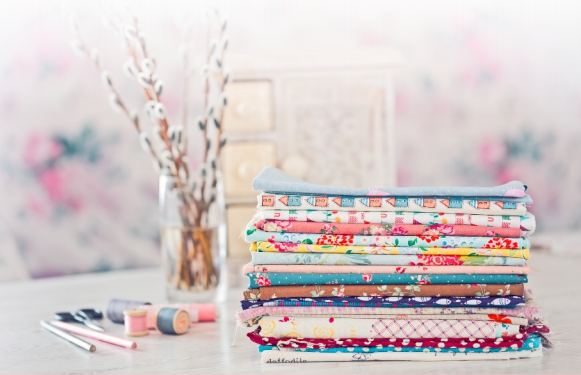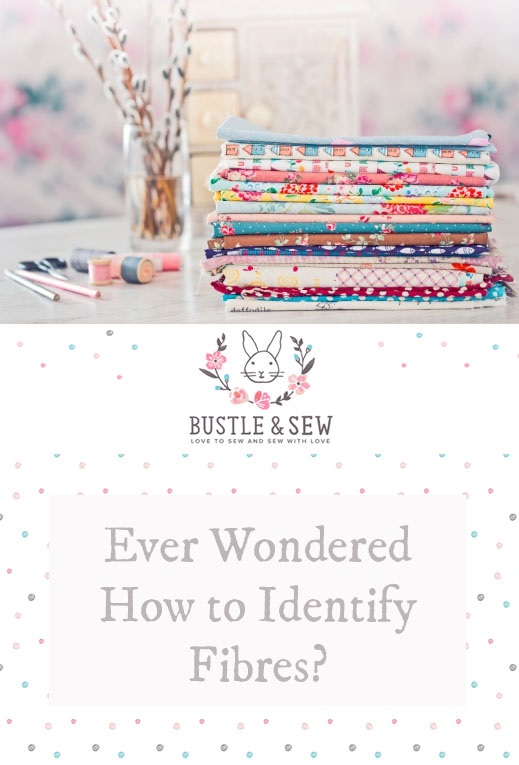
If you’ve purchased vintage fabric – whether in the form of clothing, or as a bolt of cloth – that doesn’t have a label identifying the fibres it contains, then the easiest way to find out is through a simple flame test. Cut a small piece about an inch (2.5cm) square from your fabric and hold it with tweezers (not plastic ones!). Ignite the fabric over a non-flammable surface in a well-ventilated room, or outside if your smoke alarm is quite sensitive. The way that your fabric reacts when you set fire to it will help you to identify its fibre content.
Wool and Cashmere will smolder rather than burn brightly. You will experience a strong smell of burning hair or feathers and the flame will go out by itself. The ash is blackish and turns to powder when crushed.
Silk is another natural fibre so also burns slowly with a pungent smell of hair or feathers. Again, the flame will go out by itself. The ash is greyish and turns to powder when crushed.
Linen and Cotton both smell of burning paper and produce a grey ash filament. They burn slowly and linen takes longer than cotton to ignite.
Rayon burns in a similar way to linen and cotton, but will continue to burn after the flame is removed. Unlike cotton it does not have an afterglow.
Polyester has a sweetish smell when burning. It produces black smoke and rolls up into a hard, shiny black ball.
Acrylic gives off a pungent, acrid smell. It continues to burn even after the source of the flame has been removed and it melts to a hard black lump.
Additional test: If you unravel a clump of threads from a small piece of linen or cotton fabric and slowly move a flame towards them you will see that they ignite as the flames draw near. Synthetic fibres will curl back from the heat and tend to melt rather than ignite and burn.
If you have any other tips for identifying fibres please leave them in the comments below – we’d love to know!
*This article originally appeared in the January issue of Bustle & Sew Magazine

I did this just the other day, when my quilt shop obtained some incredibly lovely vintage Swiss dot fabric. It looked to be fine batiste and felt wonderful, but I wanted to be sure. Indeed it was 100% cotton and I bought quite a bit!
Ooh what a lucky find! It’s a great little trick to know xx
Thank you so much for this valuable information. Just as well I like wool & linen! I’m keeping this handy in my sewing/office room.
So pleased you found it useful – it’s a really handy trick to know! xx